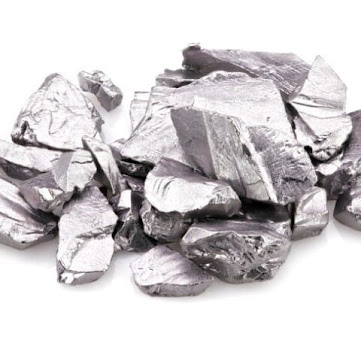Hiperco® 50A Alloy Supply : Vulcan Metal Group

Hiperco® 50A is a high-permeability, soft magnetic alloy that belongs to the family of iron-cobalt-vanadium (Fe-Co-V) alloys. This alloy is known for its exceptional magnetic properties, making it well-suited for applications in electromagnetic devices where high magnetic permeability and low core losses are crucial. Here are some key features and applications of Hiperco® 50A: Key Features: High Magnetic Permeability: Hiperco® 50A exhibits high magnetic permeability, making it ideal for applications where magnetic flux needs to pass through the material with minimal resistance. Low Core Losses: The alloy has low core losses, which means it dissipates minimal energy as heat when subjected to alternating magnetic fields. This property is essential for efficient performance in electromagnetic devices. High Saturation Induction: Hiperco® 50A has a high saturation induction, meaning it can withstand and maintain a strong magnetic field without becoming saturated. High Curie Temperatu...

